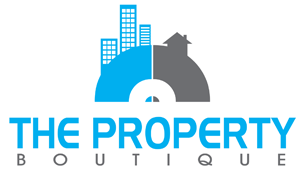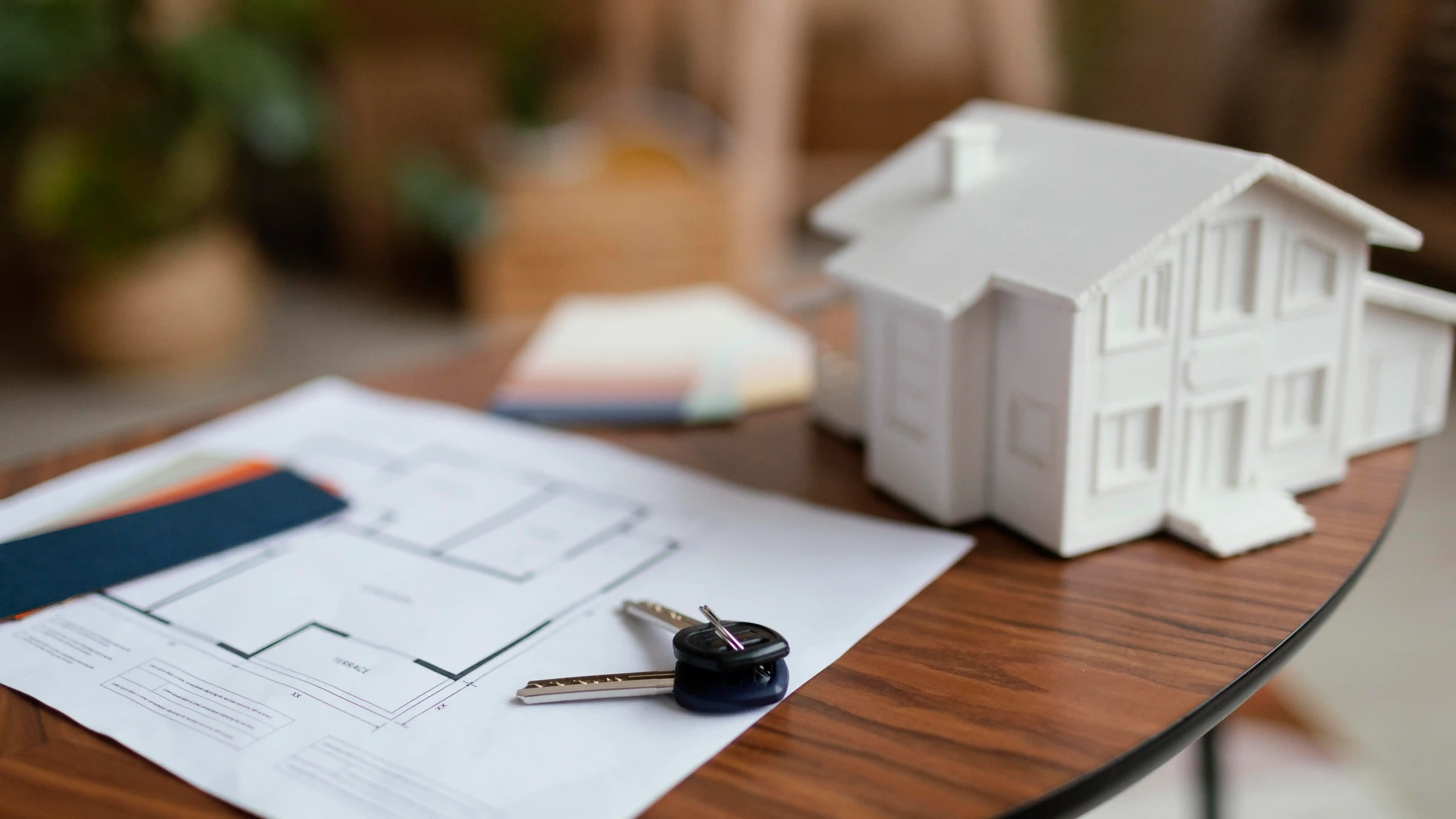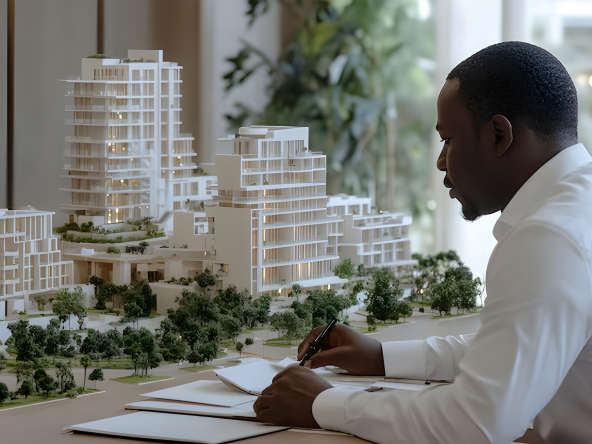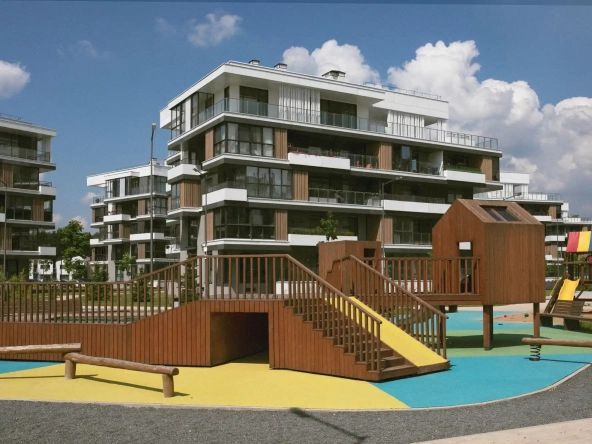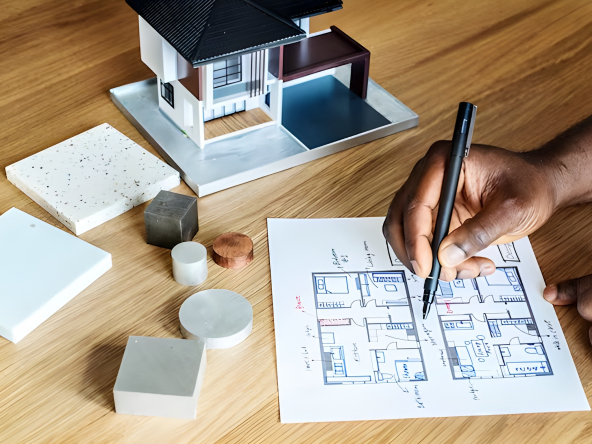When it comes to homeownership in Kenya, one of the most critical decisions is whether to buy a ready-made house or build one from scratch. Each path offers unique advantages and challenges, so it’s essential to research thoroughly and choose what works best for you and your family.
In Kenya’s metropolitan areas, building costs typically range from KES 30,000 to KES 70,000 per square meter. While this can vary depending on location, house type (bungalow or maisonette), and materials used, building can often be more cost-effective than buying a finished home, but only if managed well.
Building a Home: The Pros
- Full Customization
Building your own home allows you to design every detail to match your lifestyle and preferences—from layout to finishes, material quality, and overall aesthetic. - Modern Features and Efficiency
You can integrate smart technologies such as CCTV, fire suppression, solar panels, and energy-efficient systems, which reduce long-term costs and improve sustainability. - Flexible Financing and Phasing
You can build in stages, adjusting to your financial situation as the project progresses. This phased approach can also adapt to future needs or emerging technologies. - Quality Control
Direct oversight of construction ensures adherence to your standards—something not always guaranteed in a ready-built home.
Building a Home: The Challenges
- Land Costs and Availability
Acquiring land—especially in Nairobi and its environs—is expensive and competitive. Prime locations like Kilimani, Westlands, and Ruaka are priced on par with global cities like New York or Milan. - Time-Consuming Process
From land acquisition to permits, approvals, and construction itself, building is a long process. Expect delays and the added cost of renting during the build period. - Cost Fluctuations
Material and labor costs are volatile, making it hard to stick to your original budget or timeline.
Buying a Home: The Pros
- Speed and Convenience
Buying is typically faster—transactions often close within 3 to 5 months. It’s ideal for those needing immediate occupancy, especially with access to mortgage financing. - Location Advantage
You’re more likely to find homes for sale in desirable areas than you are to find land for development in the same neighbourhoods. - Move-In Ready Options
Some properties come fully furnished—especially those sold by expatriates or corporate landlords—saving time and furnishing costs. Renovation remains an option later.
Buying a Home: The Challenges
- Limited Flexibility
You may have to compromise on layout, style, or space. For example, a home may have a large kitchen but a poorly designed living area. - Risk of Hidden Issues
Some homes come with legal or structural problems—such as being built on public land or violating zoning laws. A professional inspection and due diligence are non-negotiable. - High Entry Costs
Buying a home requires significant upfront capital. Short purchase timelines mean you need either substantial savings or mortgage approval in place. - Hidden/Closing Costs
Legal fees, stamp duty, service charges, and management fees can significantly increase the total cost of ownership beyond the listed price.
Emerging Solution: Serviced Plots
To bridge the gap, some real estate developers now offer serviced plots—land equipped with infrastructure like water, sewerage, electricity, security, and roads. These allow buyers to build in a structured environment with fewer delays and lower costs while still maintaining some customization flexibility.
Final Thoughts
Choosing between building and buying comes down to your timeline, budget, and lifestyle preferences. With Kenya’s real estate market evolving rapidly, now more than ever, it’s critical to do your homework, seek professional advice, and choose an option aligned with your long-term goals.

